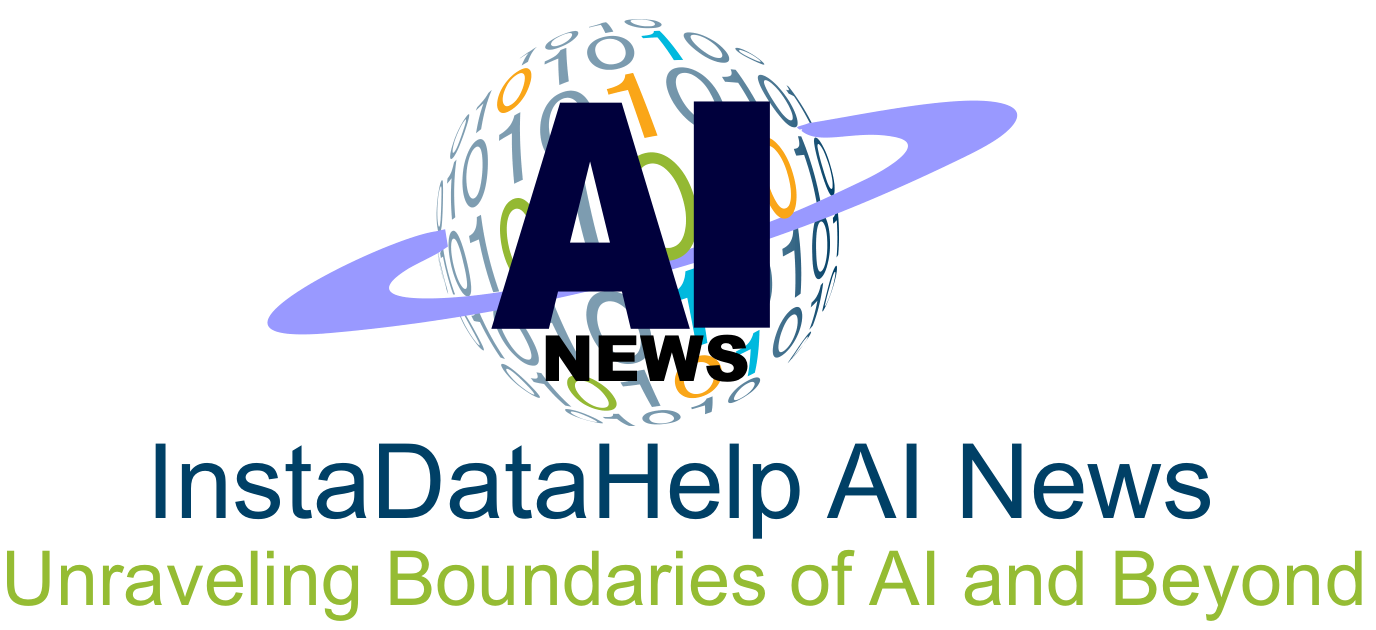Artificial Intelligence vs Human Creativity: Can Machines Replace Artists?
Introduction:
The rapid advancement of artificial intelligence (AI) has sparked a debate regarding its potential to replace human artists. While AI has made remarkable progress in various fields, including literature, there is still a question of whether machines can truly replicate the creative process and produce art that rivals human creativity. This article aims to explore the capabilities of AI in the realm of art and assess whether machines can ever replace artists.
AI in Literature:
One area where AI has made significant strides is in literature. AI Literature Review Writers, such as OpenAI’s GPT-3, have demonstrated the ability to generate coherent and contextually relevant text. These systems are trained on vast amounts of data and can mimic the writing style of different authors. However, it is important to note that although AI can generate text, it lacks the emotional depth and subjective experiences that human authors bring to their work.
AI as a Tool for Artists:
Rather than replacing artists, AI can be seen as a tool that enhances their creative process. Artists can utilize AI algorithms to generate ideas, create visualizations, or even assist in the execution of their artwork. For instance, AI algorithms can analyze vast amounts of data to identify patterns and trends that artists can incorporate into their work. This symbiotic relationship between AI and artists allows for the fusion of human creativity with the computational power of AI, resulting in novel and innovative artworks.
The Role of Human Creativity:
Human creativity is a complex and multidimensional process that involves emotions, experiences, and the ability to think outside the box. It encompasses the exploration of new ideas, the expression of emotions, and the ability to create something unique. Machines, on the other hand, lack the ability to truly understand and experience the world as humans do. While AI can generate text, paintings, or music that may seem impressive, it lacks the inherent creativity and originality that comes from human imagination.
AI Limitations:
Despite the advancements in AI, machines still face several limitations when it comes to replicating human creativity. AI algorithms rely on pre-existing data and patterns, which limits their ability to create something truly original. Additionally, AI lacks the capacity for emotional intelligence, intuition, and the ability to make subjective judgments – all crucial elements of the artistic process. While AI may excel in imitation, it struggles to grasp the essence of art and the deeper meaning it holds for humans.
The Unique Value of Human Art:
Art is not solely about the final product but also about the journey, the stories, and the human connection it creates. Human art reflects the artist’s personal experiences, emotions, and perspectives. It has the power to evoke profound emotions and transcend cultural boundaries. It is this unique value that sets human art apart from machine-generated art. Machines may be able to produce technically impressive works, but they lack the soul and depth that human art possesses.
The Future of AI and Artists:
Rather than being threatened by AI, artists should embrace it as a tool for exploration and experimentation. AI can assist artists in pushing the boundaries of their creativity, offering new perspectives and possibilities. By combining the computational power of machines with human creativity, artists can create groundbreaking works that were previously unimaginable.
Conclusion:
While AI has undoubtedly made remarkable strides in various creative domains, the question of whether machines can replace artists remains unanswered. AI Literature Review Writers, with the keyword AI Literature Review Writer, can generate text with remarkable accuracy and coherence, but they lack the essence of human creativity. Machines may excel in imitation, but they struggle to grasp the subjective nature of art and the inherent human experiences that inspire it. Therefore, it is unlikely that machines can ever truly replace artists. However, AI can serve as an invaluable tool for artists, enhancing their creative process and opening up new avenues for exploration. The future lies in the collaboration between AI and human artists, where the fusion of computational power and human creativity can lead to unparalleled artistic achievements.
